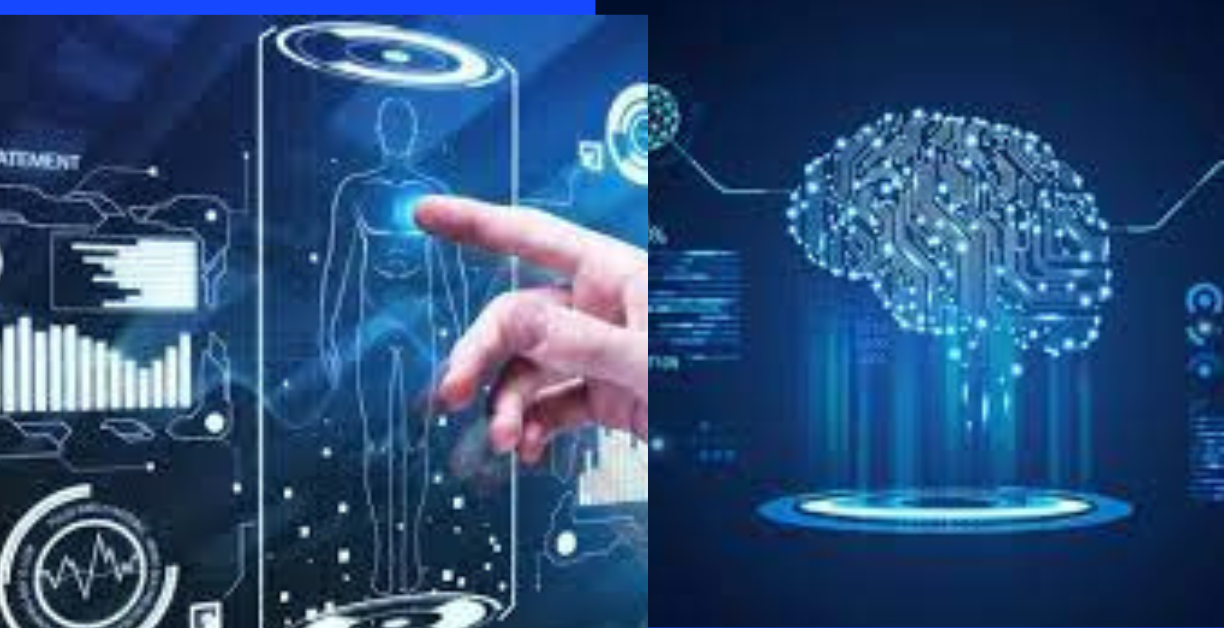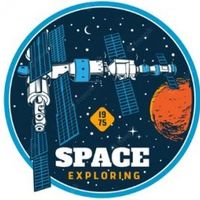To know how to become a data scientist with no experience through internships or freelancing, networking, learning data analysis tools and machine learning, developing a portfolio, applying for entry-level jobs, staying current with industry trends, and mastering fundamental skills are all necessary to become a data scientist without any prior experience. It’s imperative to persevere and never stop learning in this dynamic sector.
how to become a data scientist with no experience
A data scientist: what is it?
Large-scale data collection and cleaning, user-friendly dashboards and databases, problem-solving and experimentation with data interpretation, algorithm development, and visually appealing data presentation to stakeholders are all tasks performed by data scientists. Indeed, they do analyse data, but the process involves much more.
It will be necessary for you to grasp the foundations of big data, exploratory data analysis, relational databases, deep learning, machine learning, and data visualisation. You should also be proficient in statistical software, natural language processing, and predictive modelling. In order to convey to significant stakeholders the valuable insights you’ve gained from examining huge data sets, you’ll also need to develop your communication skills.
A profession in data science offers numerous benefits nowadays, including a high pay, a job market that is both stable and expanding despite the current global recession, and interesting issues to tackle in a variety of industries. There are lots of exciting entry-level jobs in the data science area to get you started. You are going to know how to become a data scientist with no experience.

Read more
who came first egg or chicken funny answer
can i become a data scientist without a degree
what does a data scientist do day to day
Do you need a Computer Science degree to become a data scientist?
No. Even with a bachelor’s degree, or even without an advanced degree, one can learn data science. The majority of job advertisements require a master’s or doctoral degree in engineering, computer science, mathematics, or statistics; but, as there is a huge demand for data scientists, employers are willing to consider non-traditional candidates.
In actuality, many prestigious organisations, including Google, Apple, and IBM, no longer require applicants to have a college degree. According to the job descriptions, if you have the necessary practical knowledge and expertise, you can pursue a variety of entry-level professions.
You can self-teach yourself through videos and modules to help you land that data science career, or you can enrol in online courses and certification programmes if you want to break into the field without a degree. This is how many data professionals got their start in the industry.
How to Become an Unexperienced Data Scientist
•Finish your data science course.
[Refine your mathematical abilities.
•Pick up one or more programming languages!
•Accept side gigs or internships.
•As a data analyst, begin
•Put in a lot of effort at work and make more connections.
•Describe your professional change to possible employers.

See Also: How to Enter the Data Science Field Without a Degree in Data Science
Step 1: Finish the Course:
To know how to become a data scientist with no experience a bootcamp is the finest method to gain real-world experience. These online courses include all the necessary foundational knowledge along with mentor meetings and hands-on project completion. There’s also a guarantee of a data science career with good bootcamps.
These courses can teach you machine learning techniques, algorithm creation, data manipulation, insights from generated data, and other data engineering abilities. In addition, you will finish individual and group projects that will support you in your job search.
Step 2: Improve your mathematical abilities
If you have experience with quantitative analysis, switching to data science should be simple. Finding correlations and trends between various variables and showing data points on graphs along the X and Y axes are the first steps in the fundamentals of data analysis, which must be completed before using sophisticated tools.
You are reading how to become a data scientist with no experience. Here are some suggested arithmetic principles to grasp in order to ensure that you can develop effective code and reach accurate conclusions:
Statistical methods and probability theory
Probability distributions
Multivariable calculus
Linear algebra
Hypothesis testing
Statistical modeling and fitting
Data summaries and descriptive statistics
Regression analysis
Bayesian thinking and modeling
Markov chains
Step 3 is to pick up one or more programming languages.
In contrast to other professions, data science places less emphasis on the status of your alma institution and more emphasis on your knowledge and ability to demonstrate applicable abilities. People from diverse backgrounds tend to be treated equally during the skill-based interview process.
After gaining a strong foundation in mathematics, you can start learning some of the most important programming languages for aspiring data scientists, including SAS, R, SQL, and Python.
To learn more about the essential abilities for a data scientist and which languages to prioritise, read this article.
Big data and unstructured data can be organised, filtered, and transformed using Python, a scripting language with libraries. Python has uses in machine learning, deep learning, web development, and software development. It is the instrument that data scientists use the most frequently.
R is an open-source programming language that may be used to do complex statistical and mathematical computations. Additionally, it offers a sizable support network to get you started and supports data visualisations.
As a data scientist, you can query and join data across different tables and databases using SQL, a relationship management tool.
Large companies utilise SAS, an expensive tool for statistical analysis, business intelligence, and predictive analytics; nevertheless, due to its high cost, SAS is not advised for individual usage. Learning the other languages will make picking up SAS on the job much easier.
If you have never worked as a data scientist before, think about taking these steps:
Acquire the Fundamentals:
Gain a strong foundation in mathematics, statistics, and programming languages such as Python or Learn how to use visualisation tools like Matplotlib or Seaborn and data processing frameworks like Pandas.
Online Certification Programmes & Courses:
Enrol in certification programmes or online courses. Fundamentals of data science courses are available on platforms such as Coursera, edX, and Khan Academy.
Establish a Firm Basis in Programming:
Gain proficiency in Python or R coding. Utilise resources such as LeetCode or Codecademy to practise coding tasks.
Examine these Data Science Tools:
Learn and practise with Jupyter Notebooks and Git version control systems, two tools that are frequently used in data research.
Create a Portfolio:
Take up personal tasks to demonstrate your abilities. Make a portfolio to showcase your coding and analysis skills on sites like GitHub.
Social Media and Involvement in the Community:
Participate on forums like Stack Overflow, go to meetups, and become a member of online communities. Networking can offer insightful information and beneficial chances.
Focus:
Decide which fields of data science, such data engineering, natural language processing, or machine learning, most interest you. Expand your understanding of these topics.
Hacking Events and Contests:
Take part in Kaggle and other data science challenges. These platforms are excellent for gaining practical experience because they present real-world problems to tackle.
Gain Knowledge from Actual Data:
To comprehend the difficulties associated with unstructured and chaotic data, work with actual datasets. Practice data preparation and cleansing.
Optional Advanced Education:
If you’d prefer a more structured education, think about enrolling in a master’s programme or a specialised data science course.
Entry-Level Jobs and Internships:
To obtain practical experience, submit applications for internships or entry-level jobs. A willingness to study and practical abilities are highly valued by many employers.
Ongoing Education:
Keep abreast on the most recent developments in data science. Participate in webinars, read scholarly articles, and keep learning new things.
Hope you know that how to become a data scientist with no experience. As always, persistence and patience are essential. It takes time to establish a career in data science, but networking, real-world experience, and a solid foundation can greatly increase your prospects.














